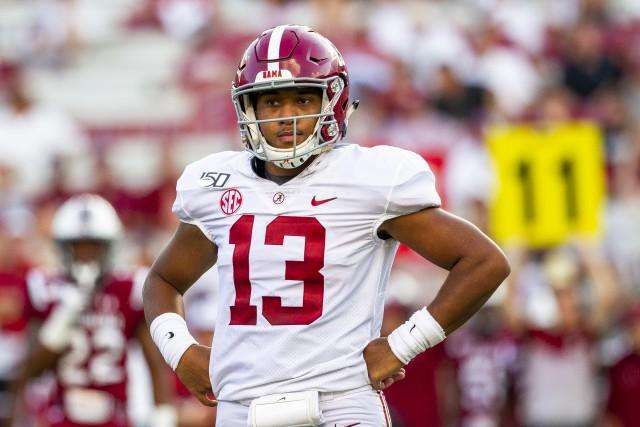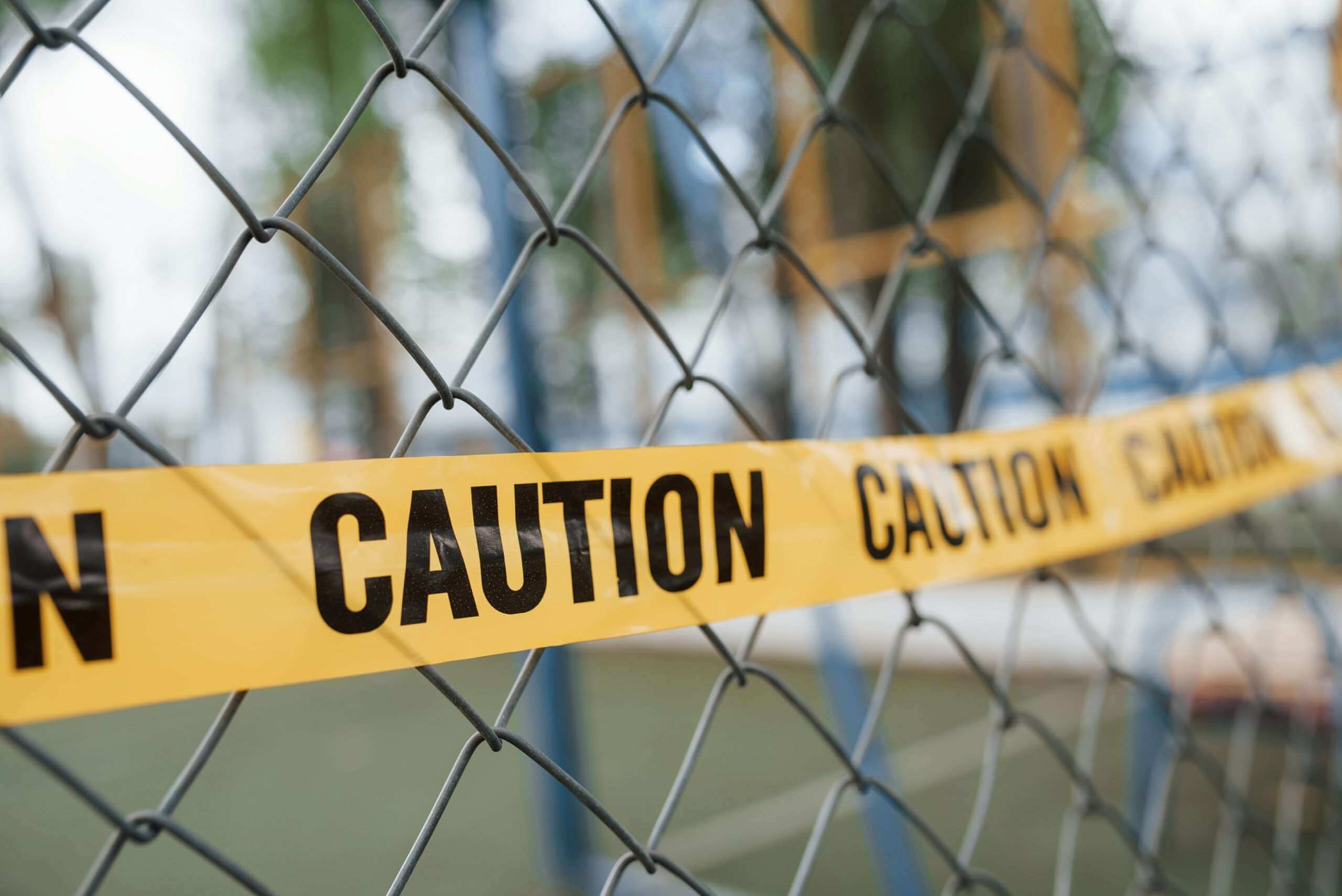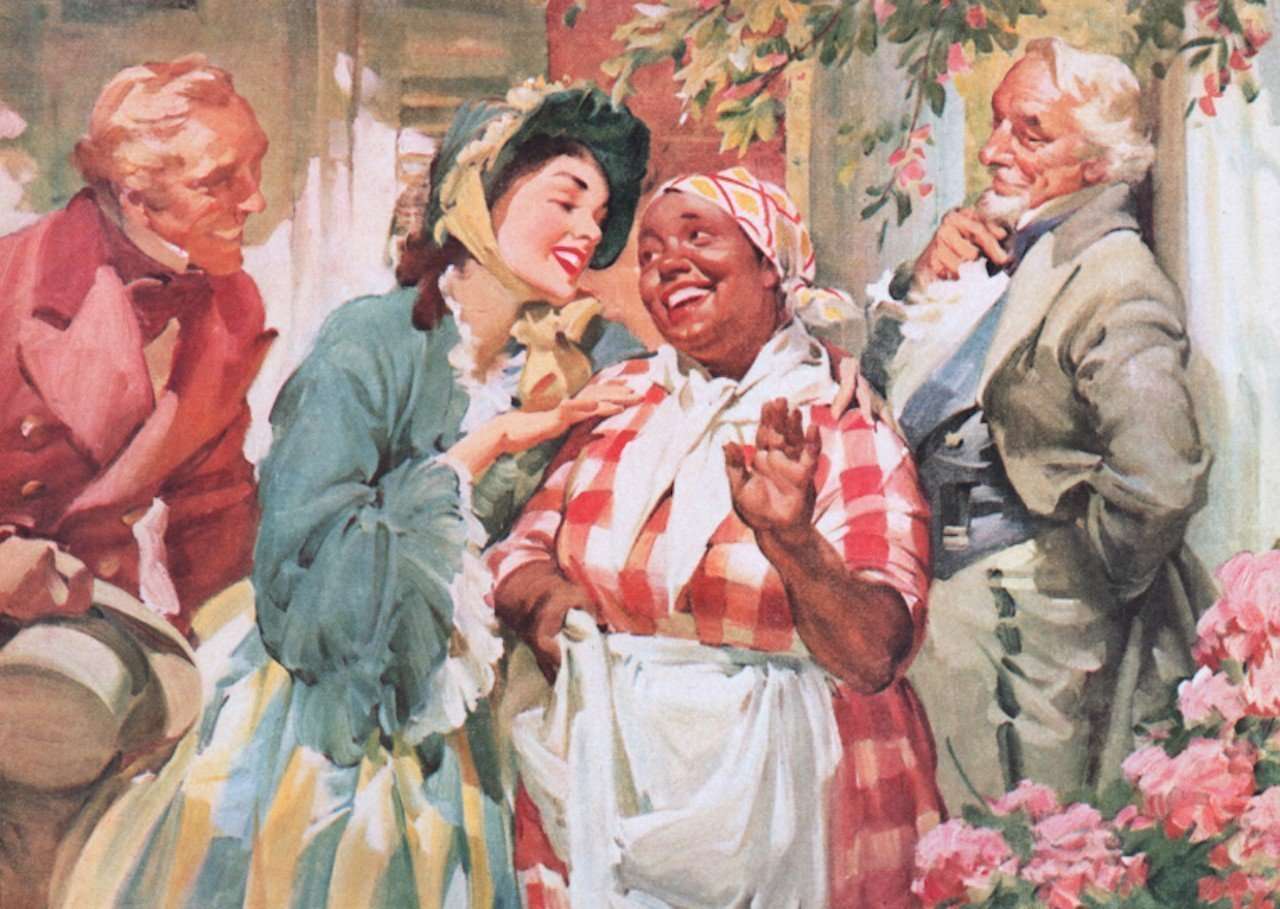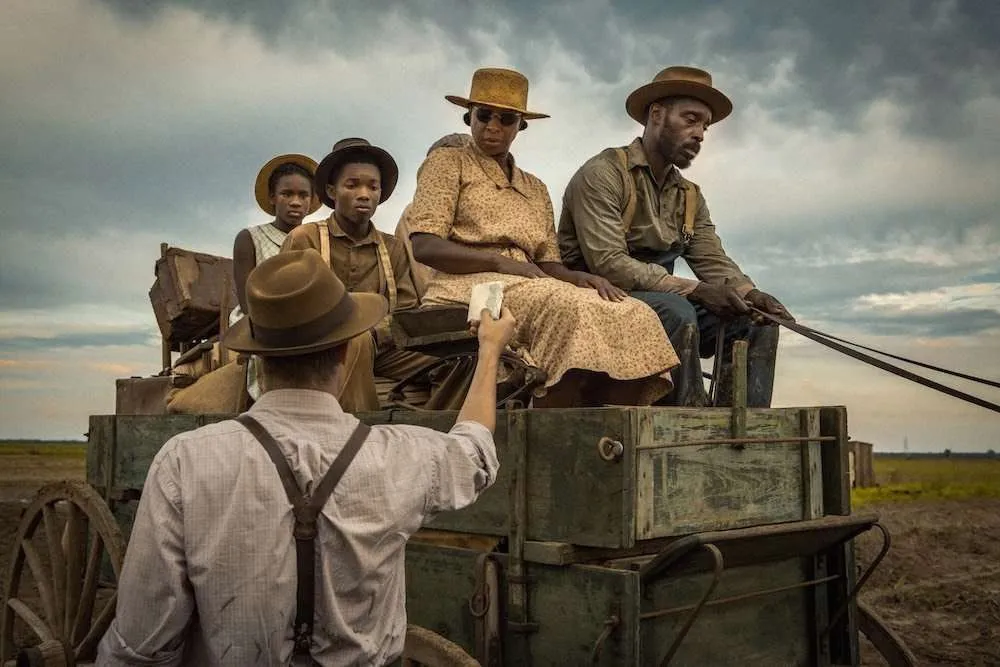Featured
Should College Athletes Get Paid? Yes. Here is Why.

It has been decades since people have been asking, should college athletes get paid?
In 2019, Jemele Hill wrote a controversial article for The Atlantic titled, “It’s Time for Black Athletes to Leave White Colleges.”
Jemele asked, “They attract money and attention to the predominantly white universities that showcase them, while HBCUs struggle. What would happen if they collectively decided to go to black schools?”
Aside from the article discussing racial and financial disparities between colleges, it brought back the issue of college athletes getting back to the forefront. People took to social media and blogs to argue again why college athletes should get paid.

Also in 2019, Governor Gavin Newsom of California signed a law allowing college athletes to get paid through endorsement deals. The NCAA did not respond well to this new law. The organization threatened to shut California out of NCAA competitions and called the measure unconstitutional interference in interstate commerce.
Does NCAA have a point? And how did the NCAA get this powerful anyways?
RELATED: Happy Warrior: The Art of Being Simone Biles
A Quick History of College Sports in America
The first organized college sports club was formed in 1843 in America, more specifically at Yale University. It was a boat club. In the remaining decades of the 1800s, organized college sports became popular in colleges and universities across America.
In 1906, The National Collegiate Athletic Association (NCAA) was formed. College athletics grew in popularity beginning in the 1920s and that popularity exploded when the games started being televised.

Colleges began ripping the benefits of college athletics as well through game attendance, merchandise sales, and outside donations. Currently, there are more than 24 different NCAA sports and over 460,000 student athletes, both male and female, participate across the country.
The Financial Numbers on College Sports
The NCAA is a non-profit organization. However, in 2016, had a revenue exceeding $1 billion. Their net assets exceed $400 million and payroll of $70 million. Much of this money is distributed back to the schools that participate. Top universities with top teams can also rake in millions of dollars from sponsorships from brands like Nike and Adidas.
Back in 2016, CBS/Turner broadcasting bought the rights to air NCAA Tournaments for eight years (from 2024 to 2032) for $8.8 billion. That will put the earnings for NCAA from broadcasting rights above a billion a year. The current deal they have is $10.8 billion for 14 years.

Addressing question about where the money goes, the NCAA said: “As with the current and previous contract, more than 90 percent of the revenue generated from this extension will be used to benefit college athletes through programs, services or direct distribution to member conferences and schools.”
RELATED Darius Bazley: The Kid with a Million Dollar Internship
To be fair, the NCAA funds various programs at Division I schools. They distribute money for basketball funds, academic enhancement programs, conference grants, and student assistance fund.
But is what the NCAA doing a better way to spend the money than directly paying the athletes whose sweat and blood built the organization to become the giant it is now?
The Argument For Why College Athletes Should get Paid
A full scholarship ride to a top university is fantastic, nobody doubts that. But what if as an athlete, you are spending hours upon hours practicing and playing in tournaments that is bringing an organization billions of dollars. Would you be interested in knowing if you would be better off paying for the school yourself and getting compensated fairly for your efforts?
And would you want to profit from your own name and likeness instead of brining in millions from top brands to the universities?
According to a study done by The Economist, if players were paid according to the revenue they brought in, “the top 10 percent of football and 16 percent of basketball players would be paid around $400,000 and $250,000 a year respectively.”
But an expensive school could cost between $60,000 to $80,000 a year for a full ride, including tuition and board.
It’s not even about just balancing out the amount of money the athletes bring in with the amount they get paid
Playing at the level these athletes play, the sports takes a toll on their bodies. College athletics is arguably just as intensive and grueling as professional sports, given most professional players in football and basketball are directly recruited out of college.
If you’re thinking well, when they get recruited, they stand to make millions, so they will be compensated after going through this program, you’re wrong. Fewer than 2 percent of NCAA student-athletes go on to be professional athletes. The rest will never get to see millions from professional sports.
However, their efforts made billions for an organization that didn’t pay them a dime. They miss classes sometimes for extended period to participate in tournaments and sometimes leave with college with battered bodies that need longterm care.
Student athletes are also a huge promotional tool for top universities. How much would the colleges pay to get that type of exposure and promotion?
RELATED: 15 Black Athletes that Changed the World
The Other Side of the Argument
Sure, the top athletes who are destined to go into professional sports could earn more if they were fairly compensated, but what about the rest of the student athletes? Since not every player brings in the same amount of revenue to the school and NCAA, not every player would get compensated the same either.
So, instead of getting a full-ride scholarship that might be worth $50,000 a year, if college athletes were to start getting salary, the student might earn $30,000. Even for the top athletes who might get an impressive $100,000 annually, what would be their net after paying federal and state taxes because they are now employees? Would they be left with $65,000 after taxes and have to pay $65,000 for tuition and board?
This argument is a fair one. Paying the student-athletes directly might be costly to the students and costly for the universities because now taxes would have to come into the picture.
But would there be no other way to give these student athletes even a small share of the billions their skills are brining into the NCAA and the universities? These organizations manage to pay six and seven figure incomes to their management and coaches off the backs of student athletes.
Another argument agains paying college athletes is that the practice would change the spirit of college from a learning ground to a money making field. Would top athletes be hopping from school to school every year, depending on which one offers them more money? Or would they be in contracts like professional athletes?
The Perfect Solution
The step California has taken is one in the right direction. College athletes should at least get paid for their names and likeness.
The perfection solution might end up being compensating the athletes on top of their scholarship. Just like they give out bonuses to college coaches on top of their salaries for various achievements, the student athletes that allow for billions of dollars to flow into NCAA should get bonuses.
Now these bonuses don’t have to be direct payment. They can be in forms of investments or trusts that the students can only touch once out of college.
Just like any other professional in the world is compensated in raises and bonuses for job well done, we should treat our college athletes the same. And to say they’re not professionals simply because they don’t get salary is delusional.








